General Restrictions 2017 – Rule Change Proposal
Rules Change Submitted Proposals Please leave a comment or send us an email to [email protected] ...
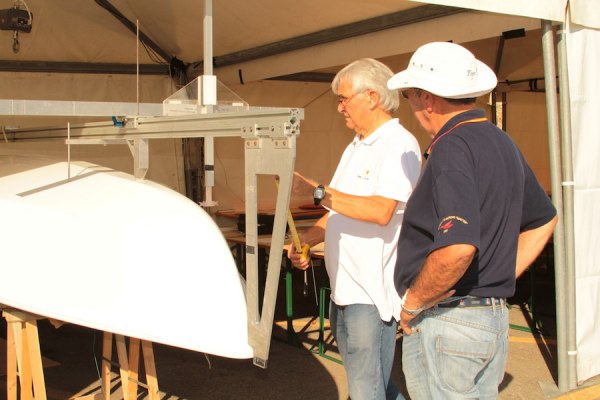

Rules Change Submitted Proposals
Please leave a comment or send us an email to [email protected]
…
From[1]: Antonio Bari, Rules Committee Chairman
Email: [email protected]
Summary: changes to the General Restrictions using the ERS terminology
Affects:
Constitution By-Laws Class Rules
Deed of Gift Rules of Conduct NoR or SI Template
Other
Objective: to adopt the ERS terminology and make the porting to the WS class rules easier.
Proposal (include current & proposed changed wording- changes to be shown in red): Example: By Laws: Section 1. Racing Season
The official racing sailing season of this Association shall extend for the full twelve months of the year starting on January 1st and ending on December 31st.
A1. Abbreviations
WS International Sailing Federation
MNA WS Member National Authority
SCIRA International Snipe Class Association –
NCA National Snipe Class Association
ERS Equipment Rules of Sailing
RRS Racing Rules of Sailing
A2. Authorities and responsibilities
The International Authority of the class is the SCIRA, which shall co-operate with the WS in all matters concerning these class rules.
Notwithstanding anything contained herein, the SCIRA has the authority to withdraw a certificate and shall do so on the request of the WS.
Neither the WS, an MNA, SCIRA, an NCA, or an official measurer are under any legal responsibility in respect of these class rules and the accuracy of measurement, nor can any claims arising from these be entertained.
A3. Administration of the class
WS has delegated the administrative functions of the class to SCIRA. SCIRA may delegate part of its functions, as stated in these class rules, to an NCA
An NCA is the Certification Authority appointed by the SCIRA.
A4. WS rules
These class rules shall be read in conjunction with the current version of the ERS.
Except where used in headings, when a term is printed in “bold” the definition in the ERS applies and when a term is printed in “italics” the definition in the RRS applies.
These rules are complementary to the Building Specification Plan and Measurement Data Sheet (MDS).
A5. Class rules variations
At Class events – see RRS 89.1.d) – WS Regulation 10.5(f) applies. At all other events RRS 87 applies.
A6. Class rules amendments
Amendments to these class rules are subject to the approval of the WS in accordance with the WS Regulations.This changes the Constitution too.
A7. Class rules interpretations
Interpretations of these class rules shall be made in accordance with the WS Regulations. This changes the Constitution too.
A8. These rules are closed class rules where if it does not specifically say that you may – then you shall not.. Certification control and equipment inspection shall be carried out in accordance with the ERS except where specifically noted.
1. The purpose of the restrictions under which Snipe hulls and sails are approved is to ensure that, to as great degree as possible, all hulls and sails have identical racing capability. It is impossible to list every single variation that might turn up in the future, and it is impossible to make any set of restrictions, which at some future date, someone cannot find what appears to be a legal means of obtaining some racing advantage. Any boat or sail having features which are not consistent with this purpose will not be approved and cannot race even though there is no specific restriction preventing the item in question. Improvements and changes will be made only when these changes do not obsolete older boats and sails from the standpoint of racing capability or when they can be accomplished by anyone at reasonable expense.
The official measurement system is metric.
2. Boats must be measured by officially appointed or elected Fleet Measurers, by Class Measurers approved by SCIRA or WS Measurers. No certificate shall be acceptable unless recommended and signed by such a Measurer. (See also Certified Builder Rule).
3. Boats, to be eligible to race in this Class, must be built to conform in every way to these measurement rules. A boat that does not meet all these requirements shall be ineligible to receive a Certificate of Measurement, but it retains its identifying number. Such boats cannot take part in any open or closed regattas whatsoever. The measurer must notify the Executive Director of any boats that cannot pass these requirements, giving the boat number, and the name and address of both the builder and owner.
4. Nothing is optional in these plans, specifications or restrictions unless definitely stated as such. Crew
The crew shall consist of 2 persons. Current Rule says “at least two persons”- this changes the By-laws
No crew shall be substituted during an event unless authorised by the Race Committee.
Hull
5. (a) Mandatory
(1) Hull shell
(2) Deck
(3) Daggerboard trunk
(b) Optional
- (1)Bulkheads
- (2)Thwarts
- (3)Gunwale Sheer Strakes
- (4)Floorboards or self-bailing cockpit
- (5)Bailers
5.1 The hull datum point is the point 0 (intersection between the bow line prolongation and the deck plane actual stem head not projection of sheer line). The hull datum point shall be a physical point on the boat.
Bare hull: Assembled hull with the following fittings: jib stay attachment, shrouds attachment, mast step, gudgeons, bailers.
5.2Thickness of sides, transom, sides of centerboard trunk and bottom:
Wood: density of 512 kg per cubic meter (.0185 lbs. per cubic inch) or greater, 13mm (1/2″) minimum. Density of less than 512 kg per cubic meter (.0185 lbs. per cubic inch), 19mm (3/4″) minimum.
Plywood: 10mm (3/8″) minimum. Plywood and fiberglass: 10mm (3/8″) minimum plus fiberglass.
11.3 The top of the spray boards must be minimum 51 mm (2″) vertically above deck for minimum of 610 mm (2′) on either side of the centerline straight line excluding curvature at deck level.
13.1. All professionally built boats must be measured before leaving the factory by a measurer satisfactory to the builder and the National Secretary. Boats not so measured are prohibited from competition at regattas above the local level until measurement is complete. Complete measurement includes a Moment of Inertia test. Materials: fiberglass cloth, woven roving or mat may be used, with either polyester or epoxy resins. Glass content must be at least 30% by weight. Deck: The deck may be plywood or it may be fiberglass. In general, a fiberglass deck will require some type of double surface and core construction for adequate stiffness.Decks made entirely out of fiberglass may use any allowed sandwich construction. Flotation: 0.184 cu.m. (6 1/2″ cubic feet) of Styrofoam, Urethane foam, or equivalent, having a density of 40 kg cu.m. (2 1/2 kg per cubic foot) maximum must be built into the hull. Balsa wood or foam enclosed in resin-impregnated fiberglass cloth is considered equivalent. Supposedly airtight compartments are not considered adequate.
16. All bare hulls, as defined in paragraph 37 section 2 5.1 (bare hull), must be subject to the moment of inertia test (for a full description of method, see Supplement to Measurement Data Sheet for Moment of Inertia Test). The moment of inertia of the hull is calculated from the following formula:
Where:
I = Moment of Inertia
C = Spring constant, kg. per m.
D = Distance to axis, m
T = Time of one complete oscillation, seconds
π = 3.1416
For our purpose, D = 104” -1” + 9/32” = 103.281” = 8.6067 ft (2.6233 m).2.6257m.
The spring constant will be furnished with springs from SCIRA. The spring attachment shall follow the dimensions showed in the Supplement for the Moment of Inertia test. The maximum weight of the attachment shall be 350 gr excluding the springs only; if desired, ballast a corrector weight shall be added to the aftermost part of the attachment to reach the maximum weight. We can now simplify the formula to:
Metric:
The minimum moment of inertia of the hull as determined from above formula shall be: Metric: 27.6 (metric slug meters squared)
If the hull moment of inertia does not meet the minimum, weight shall be moved to or added to the ends to bring it up to the minimum.
Hull appendages
17. Hull appendages shall comply with the class rules in force at the time of certification.
Centerboard Daggerboard
17.1 Verify dimensions with drawing, no other shape permitted. Maximum radius of bottom corners 13mm (1/2″)*. Centerboard Daggerboard shall be made of any hard aluminum alloy. 6061T6 or its equivalent is recommended. The thickness of centerboard shall be 10mm +/-0,5 (3/8“+0-1/48”). There shall be no inserts or other means of changing the distribution of the weight. Boards must be uniform thickness except within 25mm (1″) of edges, which may be tapered off. The centerboard daggerboard widths have an allowance of +/-3mm.(1/8“) Centerboards Daggerboards may be cut out (minimum 940mm) for lightness (see drawing). The handle of the centerboard daggerboard shall be installed in such a manner that the aft edge of the centerboard daggerboard is perpendicular to the base line when the centerboard daggerboard is completely down, and the centerboard daggerboard shall not extend more then 851mm (33 1/2″) below the keel. The 851mm (33 1/2″) point shall be marked at aft edge on starboard side by a center punch.
17.2 Trunk Daggerboard case: Slot in centerboard trunk Daggerboard case maximum 546mm (21 1/2″) long and no more than 13mm (1/2″) in width if in fiberglass or 14mm (9/16″) if in wood or plywood. The aft edge of the centerboard trunk daggerboard case shall be perpendicular to base line. Forward edge of centerboard trunk daggerboard case shall either be perpendicular or slope forward 6mm (1/4″) maximum at the top of trunk the case. If seals are used on the centerboard trunk daggerboard case, they shall be used at the top of the trunk case only. Any type of seals may be used. For all boats built after Jan. 1, 2001: the aft end of the centerboard trunk daggerboard case must be 310mm, -0 + 3mm (12 1/4″, -0″ + 1/8″) from the outside of the hull to the top of the trunk case. The top of centerboard trunk daggerboard case shall be parallel to baseline*.
Exception to Applicability of Prior Rules (#17)
The new centerboard daggerboard shape and thickness must be used after January 1, 1976 on all boats in the World Championships, Western Hemisphere Championships and European Championships any regatta. Those existing boats which cannot use a 10mm (3/8″) thick board because of trunk daggerboard case slot width shall use a 8mm (5/16″) thick board of the new shape. The length of the trunk daggerboard case slot shall be 546mm (21 1/2″) maximum.
18. The centerboard daggerboard must be restricted while racing in such a manner that no point of the bottom edge extends less than 305mm (12”) below the keel. To permit checking the position of the centerboard daggerboard while racing a band of min 25mm (1”) wide and 150 250mm long shall be painted on each side of the daggerboard. The top of the band being even with the surface of the deck at the centerline of the boat while the board is raised on this maximum height. A safety line must be used on centerboard while racing. The safety line length may permit, when completely tight, to raise the board max 50 mm over the upper part of the board band to deck, shall not be adjustable and shall be fastened to the boat and to the centerboard by a shackle or snap of suitable dimension. The daggerboard shall be attached to the hull with a non-adjustable single line at all times while racing (unless for a short period for cleaning garbage or seaweed). The safety line shall be fixed in any part of the daggerboard case and fastened with a shackle above the line connecting the lower part of the stoppers on the daggerboard. The maximum length of this safety line including the necessary fittings shall be 600mm from the top of the daggerboard case and the inner part of the shackle pin.The retaining system shall either consist of a flipping tablet or/and a hook and cutouts on the ceterboard daggerboard and shall permit the crew to extend the board completely when the boat is capsized without swimming under the boat. Only one centerboard may be used during a regatta unless irreparable damage has occurred. Stripes of any material except carbon or exotic materials may be added on the daggerboard blade or inside the daggerboard case to limit the side movement of the daggerboard.
Rudder
19. The rudder shall be made of wood, wood & fiberglass, fiberglass or fiberglass & foam. Metal rudder blades are prohibited.The rudder blade can be made of a combination of the following materials: Wood, Fiberglass or fiberglass and foam. The tiller can be made of the combination of the following materials: Wood, Aluminium alloy, fiberglass. Only one rudder may be used during a regatta unless irreparable damage has occurred.
19.1 The rudder datum point is the intersection between the leading edge of the rudder blade and the front edge of the rudder above the water line.
23. Where pivoting rudders are desirable because of purely local conditions, they may be used for local races only. They may not be used in any regattas or championships. In races where it’s considered appropriate for local conditions to use pivoting rudders, the organizing club must request the permission to SCIRA for their use. Pivoting rudders shall not be allowed in any regatta using the SCIRA Rules of Conducting National and International Championship Regattas.
26.2. The cross section width shall be a minimum of 140mm of material measured at 90 degrees from the leading edge vertical axis 305mm above the knuckle rudder datum point. There is no tolerance at the knuckle rudder datumpoint. For rudders built after 1.1.2015 cutouts and recesses are allowed to a max of 30mm provided there is 140mm of material in the cross section at any point below the rudder datum point. Only two inflection points are allowed in the cutouts.
Mast-Boom-Rigging
27. Only one mast may be used during a regatta unless irreparable damage has occurred.
The mast datum point is the projection of the sheer on the mast.
The mast transverse dimension must be minimum 32mm (1 1/4″) athwartships at the top band or at any point below. The mast may be tapered above the stay intersection rigging point. Any taper in the mast above the stay intersection rigging point shall be essentially a uniform taper. Aluminium extrusions may be used and must be made of alloy 6061T6 or equivalent. Masts having an athwartship a transverse dimension of 54mm (2 1/8″) or less must use spreaders. Spreader length and rake limit shall not be adjustable while racing. Rotating masts are prohibited.
27.1 For all boats built after Jan. 1, 2001: The floor of the mast step fitting The heel point must be no more than 400 mm (15 3/4″) and no less than 390mm (15 3/8″) below the sheer line mast datum point. For older boats: The mast shall be stepped on the keel, or no higher than 51mm (2″) above the flotation tank in the bottom.
28. Halyards must be used, and they must lead down the mast toward the boat, alongside, or inside the mast.
28.1 For all masts built after Jan. 1, 2001: The shroud, jib stay, and jib halyard intersections with the surface of the mast rigging points shall be between 4860mm (15’11 3/8″) and 4962mm (16’3 3/8″) above the butt of the mast heel point. For masts built after Jan. 1, 1992 and before Jan. 1, 2001: The shroud, jib stay, and jib halyard intersections with the surface of the mast rigging points shall be between 4470mm (14’8″) and 4572mm (15’0″) above the sheer mast datum point. See drawing for method of determining the intersection.
29. Two bands limiting marks of 25mm (1″) width shall be painted around the mast in a color to contrast with color of the mast. Tape which is not readily removable and which soon becomes as permanently attached as paint (such as one mil Mylar) may be used. Easily removable tape such as electricians or plastic decorative tape is not acceptable. The bands limiting marks shall be located as follows:
For all boats built after January 1, 2001:The lower edge of the top band upper point to be not more than 6499mm (21’ 3 7/8”) above the butt of the mast heel point.
For all boats built before January 1, 2001: The lower edge of the top band upper point to be not more than 6109mm (20′ 1/2″) above the sheer mast datum point (Need not be measured on boats built after Jan. 1, 2001). The upper edge of lower band lower point shall be at maximum 5112mm (16′ 9 1/4″) below the lower edge of top band upper point. While racing the main sail must be set so that its edges are within the inside edges of the bands limiting marks. A screw or other stopper shall be placed at the lower edge of the top band upper point to prevent the mainsail to be hoisted higher than allowed. Masts with halyard locks at the masthead shall not be required to have a stopper.
30. The mast spar with halyards, stays, gooseneck, stay adjusters, spreaders and butt fitting must weight 9.1 kg (20 lbs) minimum and nothing may be added to the basic mast except necessary fittings or reinforcements. Corrector weights up to 100 g shall be added to reach the minimum in any point to comply with the CG requirements. The center of gravity height from the datum point shall be 2521mm in the conditions when weighed with the stays and halyards full length and temporarily taped to the mast, shall be at least 1524mm (60″) above the lower band. If the mast complies with this rule it will remain legal if a blade or other reinforcement is added. Reinforcements may be added to the mast spars as long as they comply with these rules.
33. The maximum height of boom, including slot, shall be 102mm (4″) and minimum 89mm (3 1/2″) for a wood boom, 63mm for an aluminum boom. Minimum width 19mm (3″) for a plank boom, 22mm for an aluminum boom. Maximum width 76mm. Any section that may be used for a mast may be used for a boom.
35. A band limiting mark 25mm wide (1″) with the forward side outer point distance located at 2559mm (8’4 3/4″) aft of the aft side of the mast (the aft side of the mast includes the sail slot and material enclosing the boltrope), will limit the length of mainsail foot. A screw or other stopper shall limit the mainsail foot so that the aftermost edge of the sail at the clew shall not be stretched beyond the foremost edge of the band outer point.
Weight Limit
37. The minimum weight, including mast, boom, rigging, mainsheet, one whisker pole or whisker pole launching system, centerboard daggerboardd, rudder and tiller shall be 172.8 kgs (381 lbs). The bare hull including deck, centerboard trunk, floorboards, flotation material, hull fittings and sail away equipment without corrector weights shall weight 125.2kgs (276 lbs) minimum. In addition ballast corrector weights up to 15 kg (33 lbs) may be permanently added in any location, subject to the requirements for Moment of Inertia and where it may be seen and it shall be attached with peened over bolts or glass cloth (See Supplement to Measurement Data Sheet for Moment of Inertia Test). Boats that do not meet the weight limit must have ballast corrector weights permanently added before they can be given Measurement Certificate. Boats must be re-weighed at start of each season.
Sails
39. In all races, skippers must use their own sails. Masters and juniors may use borrowed or chartered sails for their respective World Championships. The number on the main sails shall correspond to a measured hull on which dues for the current year have been paid and registered in the skipper’s name. Competitors may use the sail number of any hull which dues for the current year have been paid. If the sail number is different from the hull number, the competitor shall submit a request to the RC. If he owns more than one boat, he may use numbers corresponding to either boat In case of any duplicate, the RC will authorize the change on a first come first serve basis.
Numbers: Placing of racing numbers, letter and emblems shall comply with WS rules and additional detail requirements of these Class rules. Racing numbers shall be located at different heights on the two sides of the sail, the median distance down from the top of the sail being between on third and one half the distance from the top of the sail to the boom.
Letters: The use of letters to designate the country in which the boat is registered is required and the letters shall be at different heights on the two sides of the sail and shall be above the numbers on both sides.
The national letters and sail numbers shall be located on the mainsail and shall comply with the RRS Appendix G except where otherwise prescribed in these class rules.
National letters and sail numbers shall be securely attached so that the characters in one side of the sail do not overlap with characters on the opposite side. The numbers and national designation letter shall be according to RRS 1.2
Insignia: The Class insignia shall be located immediately above the top batten, and shall be an accurate reproduction of the official insignia, which may be obtained from Executive Director. Honor award chevron may be displayed immediately below the top batten. The insignia and chevrons, national designation and racing numbers shall be centered between the leech and luff. The numbers and national designation letters shall be minimum 305mm (12″) in height and 152mm (6″) to 203mm (8″) in width (except “1” and “I”).
Insignia denoting honour awards shall consist of a chevron as shown below, which may be used in five colors as designated. No sail will display more than one chevron, it being the one corresponding to the highest Championship won. Honors won and displayed on sails are awarded on a permanent basis, to the skipper, and not to the boat.
40. Materials: Any type of woven polyester fabric or polyester film/scrim three-ply laminate material may be used as long as it has a minimum weight of 111.4 grams per true square meter (2.6 oz. per sailmaker yard). Jibs manufactured after 1.1.2013 must use any allowed material of minimum 160gr/sqm. The weight of the material shall be indicated by the sailmaker by a stamp at the top of the sail. Beginning January 1st 2015 the use of jibs made of 160 gr/sqm shall be mandatory at national championship level, in all the regattas with a deed of gift published in the rulebook and in major Regional Games. A national secretary may allow the use of older jibs made of 130 gr/sqm minimum weight in his country national championship in 2015 only. Laminate material approval is limited to commercially manufactured, readily available materials which are cost- competitive with woven materials and which have been specifically approved by the Rules Committee on a case-by-case basis. One transparent window of non-woven material may be used in each sail, if desired, with a maximum area of 1858 sq.cm. (2 square feet) per window.
47. A grommet may be installed in the mainsail to permit tightening the luff while racing. A line may be rigged through this grommet in any manner desired in order to tighten the luff. The halyard may be adjusted while racing.
51. Jib. The use of jib hanks is optional. If used, there shall be a minimum of 5 and maximum 10 hanks, one at each end of the luff and the others evenly spaced between them. If glove fasteners sleeves are used a maximum of 254mm (10″) of the forestay may be covered. Jib may be sheeted inside or outside shrouds. No battens whatsoever allowed in the jib.
All jibs must be capable of being attached without disconnecting the forestay. The jib must have a wire or a fiber line (excluding PBO and Carbon) fixed to the luff while racing. The jib luff wire must be attached to deck and it cannot be moved while racing. Single jib luff lines/halyard systems are not allowed.The halyard may be adjusted while racing.
Approved options not covered elsewere
52.2 Tiller extension: no restriction. The Extension can be made of the combination of the following materials: wood, aluminium alloy, fiberglass, carbon fibre.
52.9 Floorboards are optional.
Miscellaneous
52.14 Boats must carry wearable life preservers for all occupants at all timesThe boat shall be equipped with a personal floatation device for each member of the crew to the minimum standard ISO 12402-5 (Level 50 Newtons), or USCG Type III, or AUS PFD 1, or EN 393, unless an alternative standard is prescribed otherwise in the Notice of Race. Race committees may require wearing them when racing when they consider it necessary.
Delete any occurrence of the Imperial System.
Reasons: the terminology used in the Equipment Rules of Sailing of WS shall be used in the Snipe General Restrictions.
[1] Proposals can be made by the Board, Technical Committee, National Secretaries or 5 fleet captains up to 1st March.
Comments for this post are closed

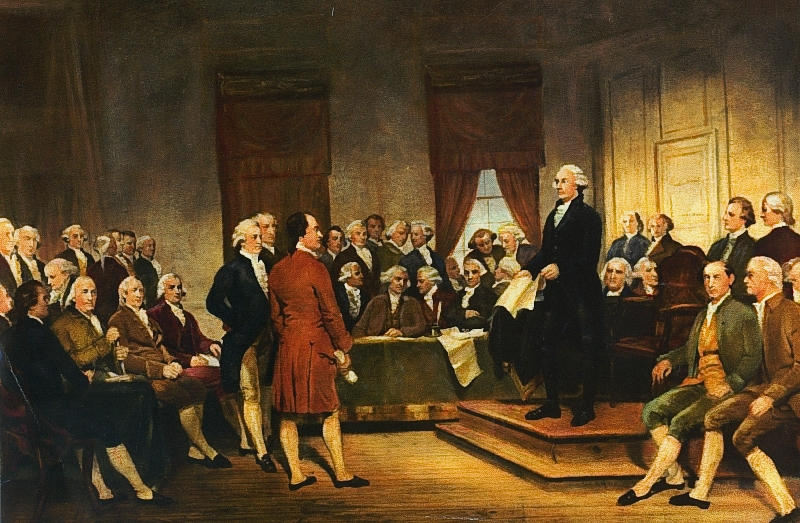
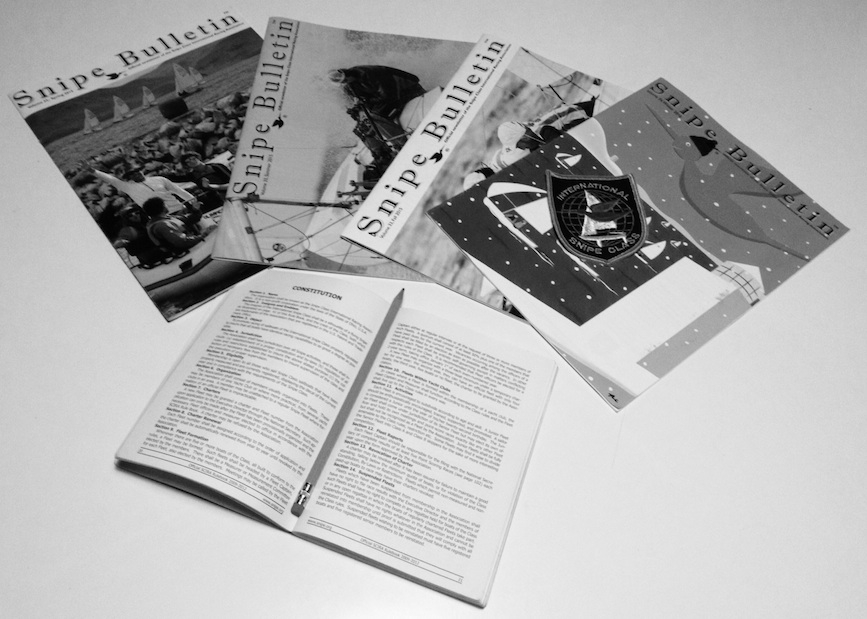
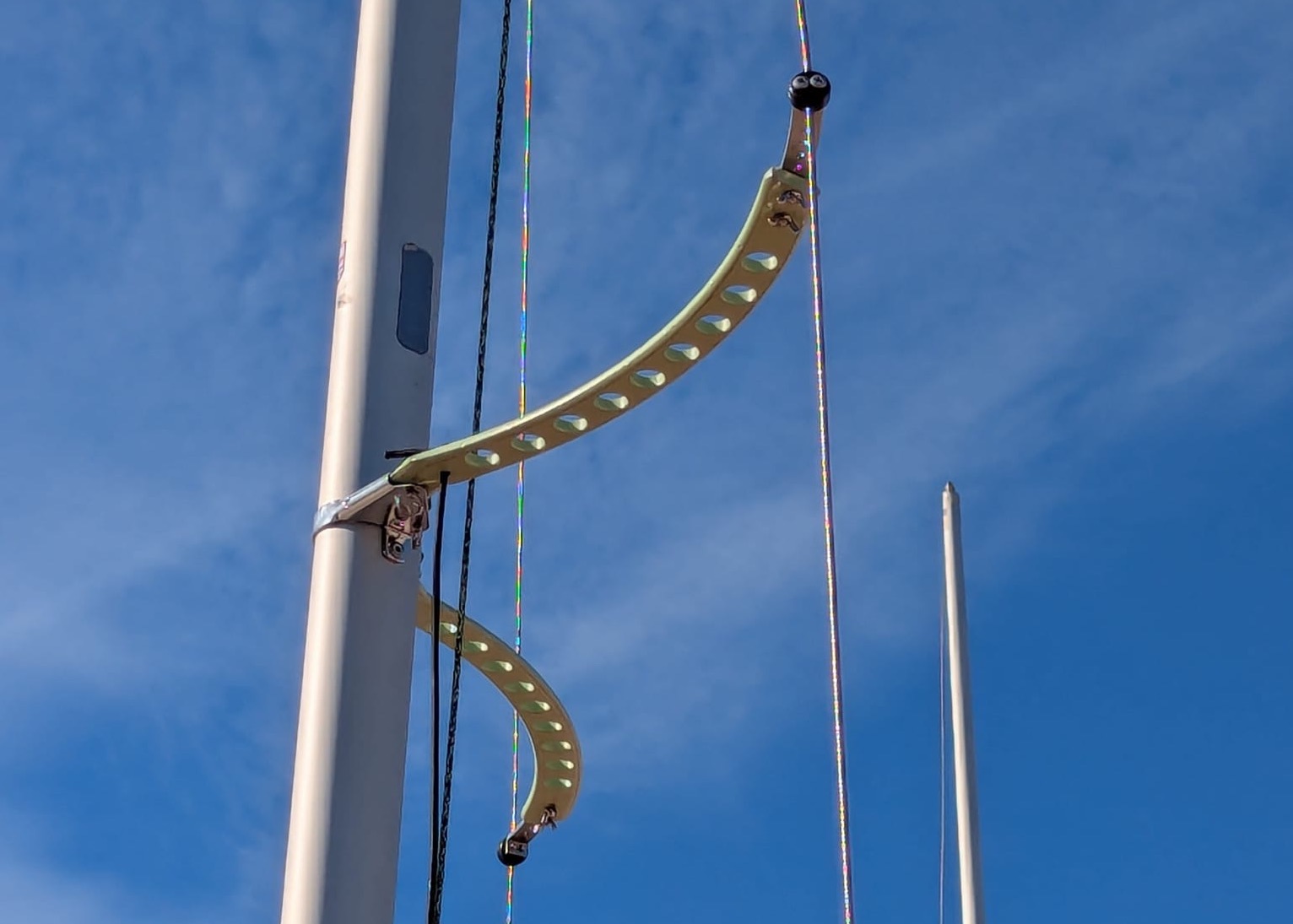
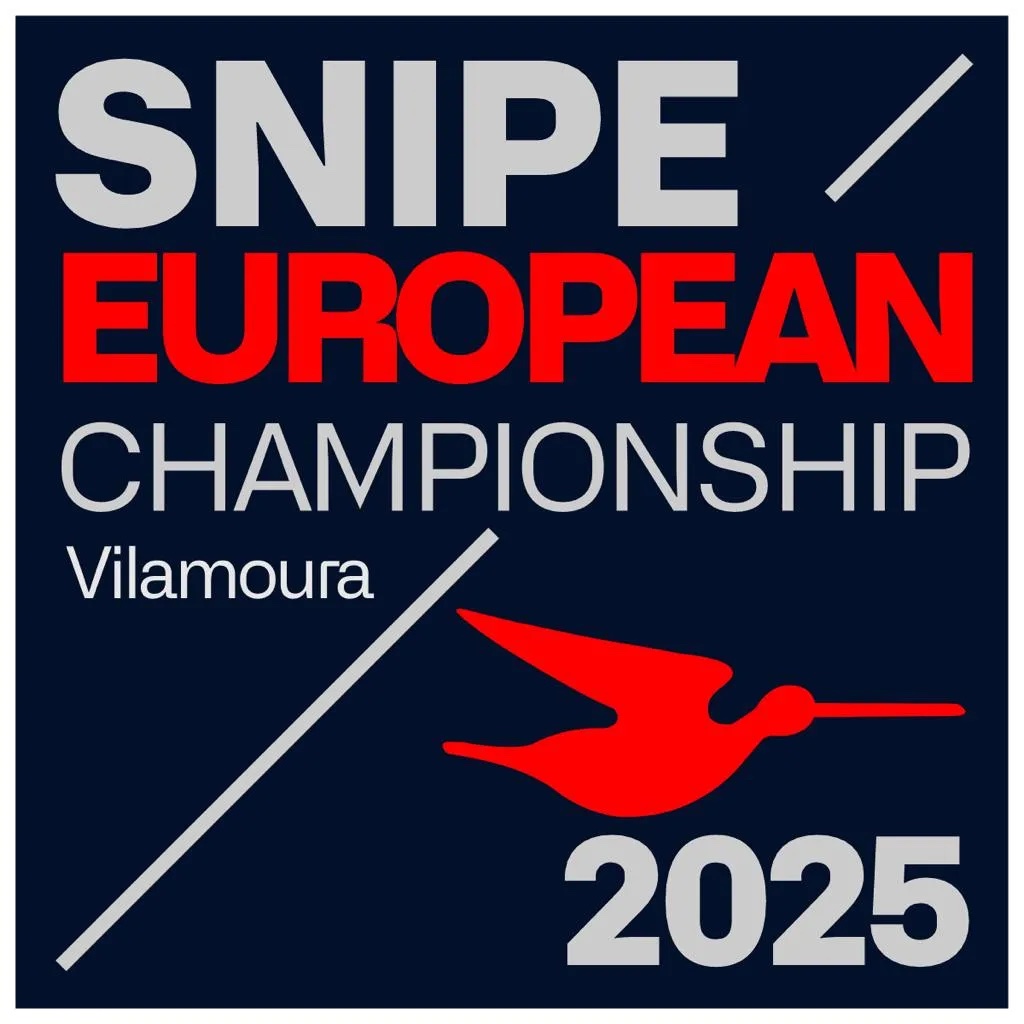
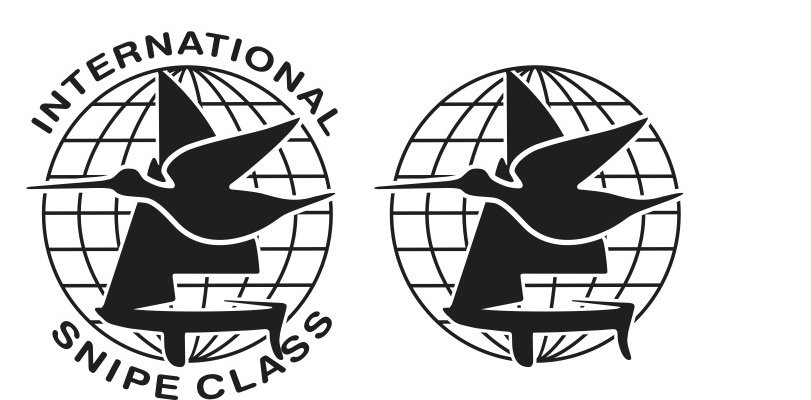
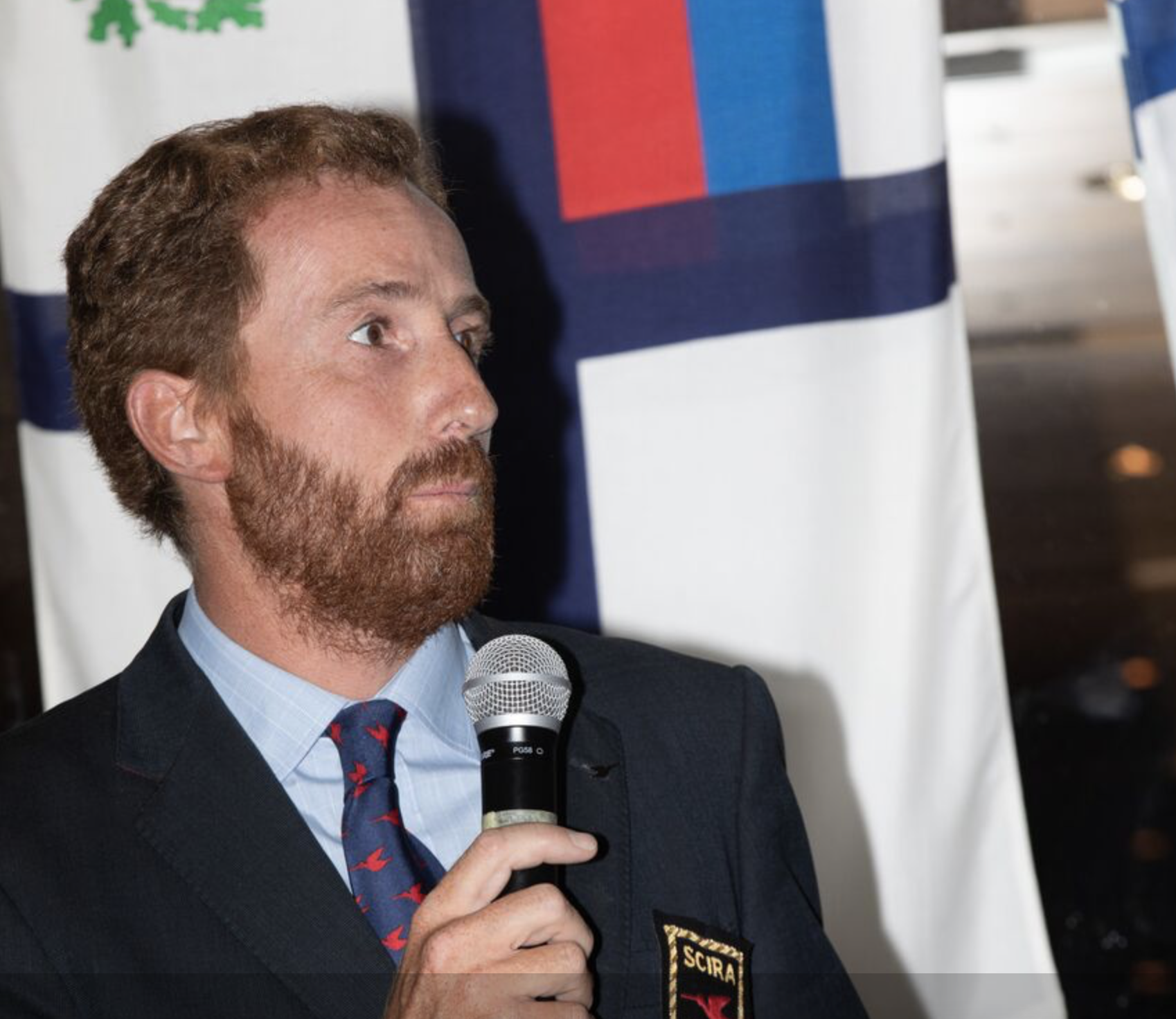
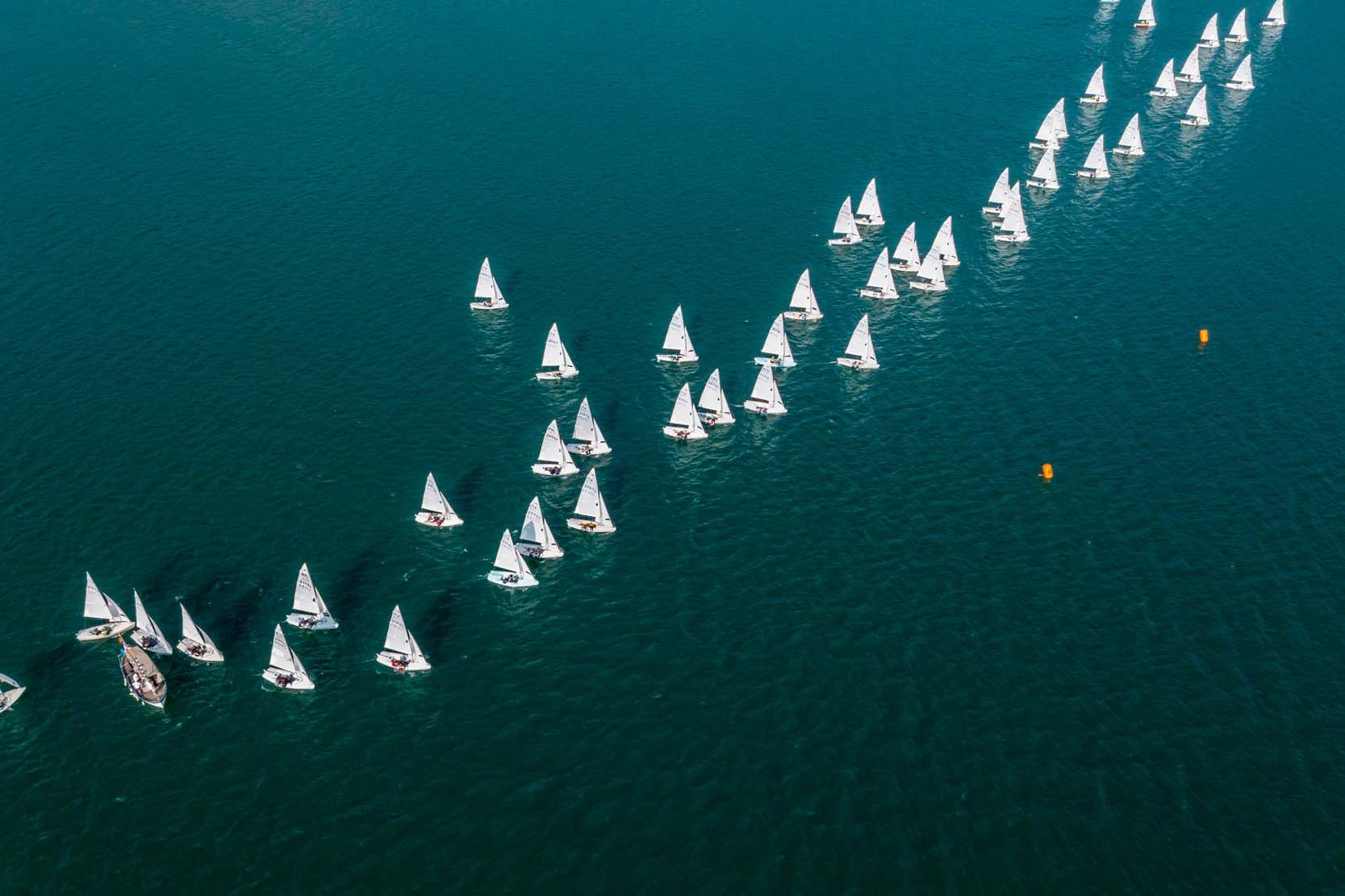
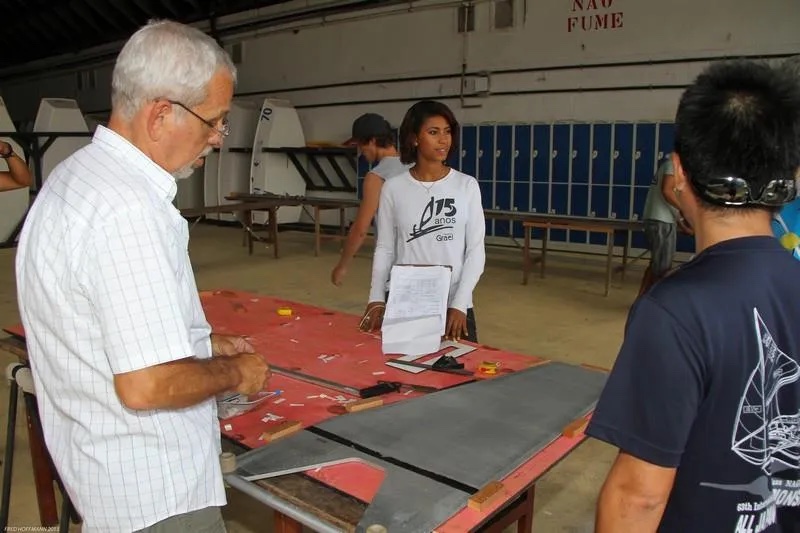
0 comments